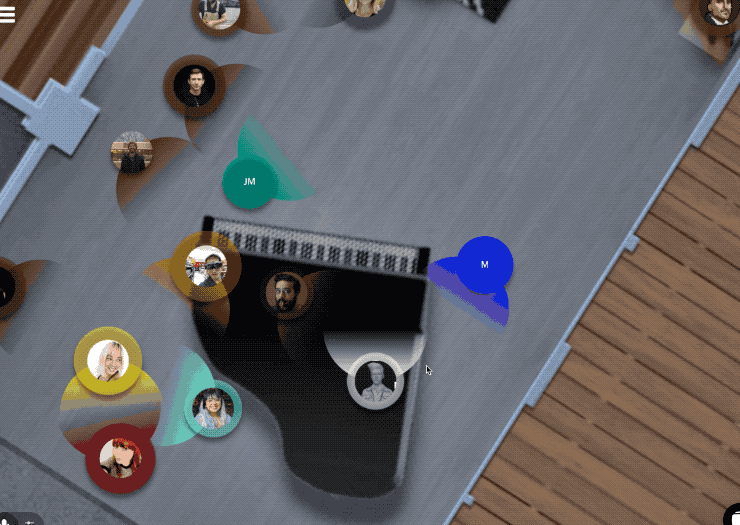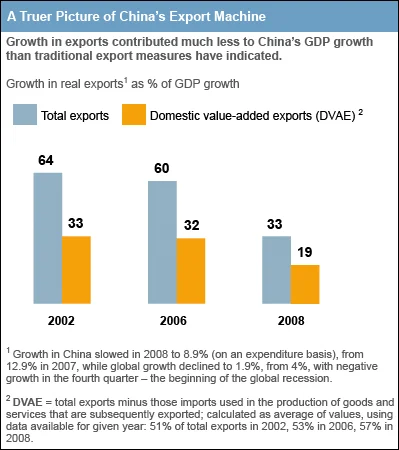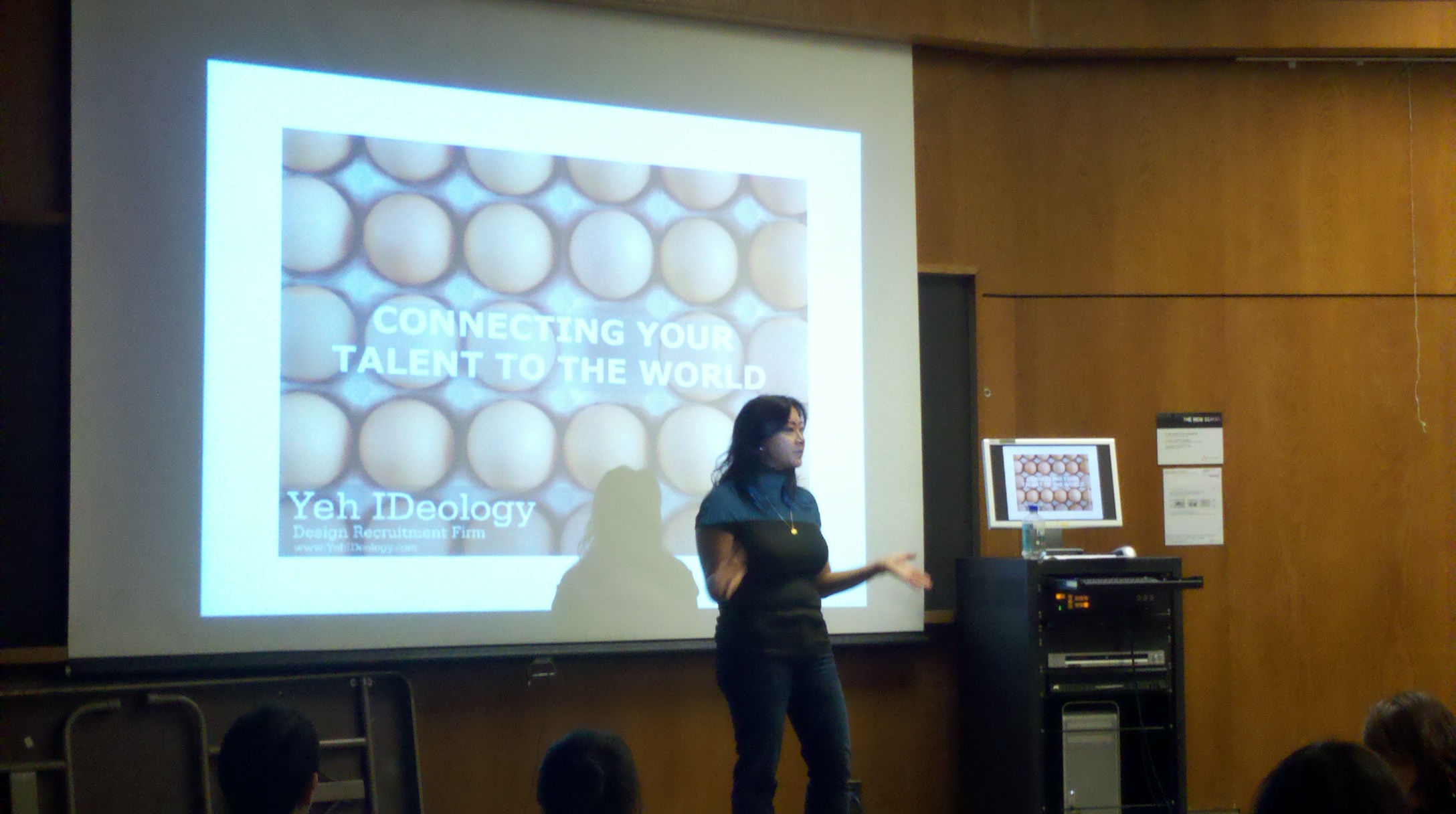The first Service Design Network Conference in America took place in Cambridge on October 29th, 2010. Held at the Microsoft R&D Center at MIT, topics included institutional healthcare, personal healthcare, personal finance, and mobile interaction. The presentations and conversation also covered inhouse service design, service design as a discipline, and more theoretical models.
[singlepic id=53 w=width h=height mode=web20|watermark float=left|right]
more photos at the end of the post
Speakers
Oliver King - Engine
"As a co-founder and director of Engine, Oliver leads the private sector practice helping organizations to identify where, when and how they can provide better, more meaningful and valuable services. In practical terms he works with organizations to help them formulate strategy and deliver service innovation by improving or interconnecting the things that their customers experience - from product to process and people."
Chris McCarthy - Kaiser Permanente
"Chris McCarthy is the Director of the Innovation Learning Network (ILN) and Innovation Specialist with KP's Innovation Consultancy (IC). In 2003 Chris partnered with IDEO to learn and import methods of 'design thinking' into Kaiser Permanente, and has co-led several multi-regional innovation projects which have since been implemented in dozens of KP and non-KP hospitals."
Lorna Ross - Mayo Clinic
"Ross has 16 years' experience working in design and design research, with the past nine years focused on design for health and health care. She is a graduate of The R0yal College of Art, London. Prior to joining the Center for Innovation at Mayo Clinic last year as a manager of the design group, Ross ran the Design for Human Wellbeing Group at the MIT Media Lab Europe."
Lew McCreary - Harvard Business Review
"McCreary is a writer and editor specializing in innovation-related subjects. He is a contributing editor at Harvard BUsiness Review (HBR), where he previously worked as a senior editor. Prior to HBR, he spent nearly two decades covering information technology - from a leadership perspective - for audiences of senior executives."
Robert Fabricant - frog design
"Robert Fabricant leads multidisciplinary design teams fro frog design, a global innovation firm. Frog's multidisciplinary process reveals valuable consumer and market insights, and inspires lasting humanizing solutions. Robert is a leader of frog's health care expert group, a cross-disciplinary global team that works collectively to share best practices to share best practices and build frog's health care capabilities."
Shelley Evenson - Microsoft
"Shelley Evenson is a principal, user experience designer at Microsoft. Shelley has been an Associate Professor at Carnegie Mellon School of Design, where she was also the director of graduate studies. She teaches in the area of interaction and service design, including Designing for Service, Introduction to Interaction & Visual Interface, and Graduate Design Studio courses."
Monica Bueno - Continuum
"A Senior Design Strategist with Continuum, Monica Bueno excels at developing innovative and socially meaningful solutions for clients. An industrial and interaction designer by training, Monica is deeply committed to translating customer, business and technology research into innovative solutions that are desirable and relevant to clients and their stakeholders."
Peter Corbett - iStrategyLabs
"Peter Corbett is the founder and CEO of iStrategyLabs - an interactive agency that develops creative solutions to clients' challenges and brings them to life in the digital and physical world."
Mark Jones - IDEO
"As the leader for Service Innovation for Chicago, Mark works closely with service companies seeking to reinvent how they serve their customers. Mark's extensive design background and his broad experience in qualitative and quantitative research methodologies allow him to uncover user issues and convert them into actionable design requirements."
For photos and details on their presentations and previous work, please see individual posts in my notebook.
Source: http://www.service-design-network.org/content/about-speakers
[nggallery id=4]
Photos I took during Day 1 - Registration
[nggallery id=5]
Photos I took during Day 2 - Conference
Check back at the SDN site soon for videos of the presentations.
Sponsored by Microsoft, Core77, AIGA






